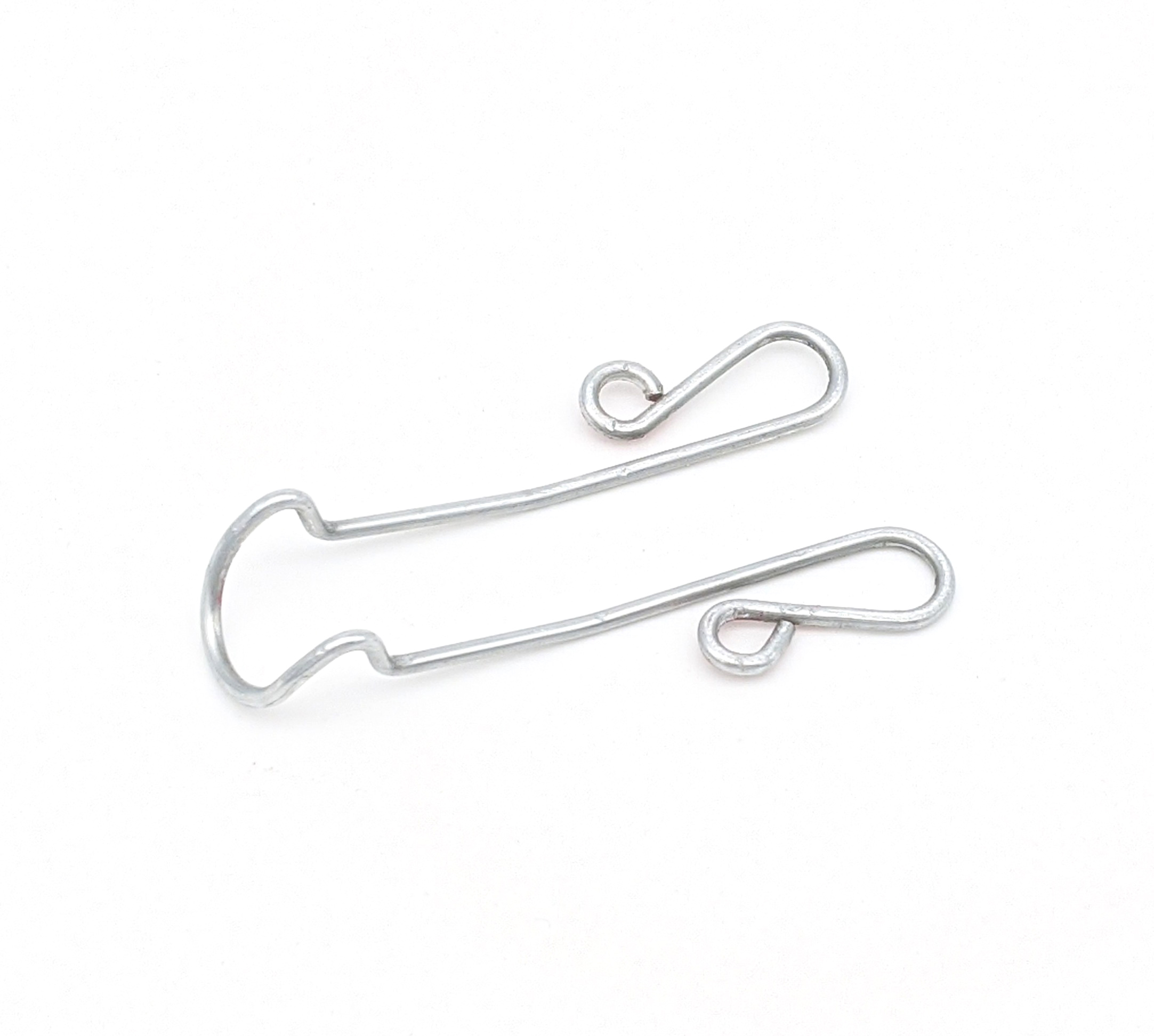Get unique, complex parts easily. No matter your requirements, Chaoyi Spring creates hard-to-produce coil springs and wire forms.
Let us help you create the custom wire form you need, from S-hooks and J-hooks to utility hooks and more.
We work closely with customers across a wide range of industries, helping them design and manufacture made-to-order parts.
Why choose Chaoyi Spring? We prioritize customer-focused collaboration, modern equipment and the latest technology to make your parts per print.
Find the information and guidance you need, from measuring a spring to learning about materials, placing an order and much more.
Garage doors are a vital part of any home, providing security and convenience. But over time, the tension springs that help lift the door can wear out and need replacing.


Garage doors are a vital part of any home, providing security and convenience. But over time, the tension springs that help lift the door can wear out and need replacing. This can be a dangerous task if you're not careful, so it's important to understand the process and take all necessary precautions. This guide will walk you through the steps of installing tension springs on a garage door, with clear instructions and safety tips to help you complete the job successfully.

Before you even think about tackling this project, it's crucial to understand the inherent dangers involved with garage door tension springs. These springs are under immense pressure, and a sudden release can cause serious injury. They can easily break free, sending a heavy metal coil flying at high speed. This is why professionals highly recommend leaving this task to experienced technicians.
However, if you're determined to do it yourself, make sure you have the proper safety gear and knowledge. It's not a job for the faint of heart!
First things first, make sure you have the right tools and materials for the job. You'll need:
Now that you have your equipment, it's time to prepare your garage door for the installation. Here's how:
This is the most dangerous part of the job, so pay extra attention to safety precautions.
Now it's time to install the new tension springs. This process is similar to removing the old ones, but in reverse.
Once you've installed the new springs, it's important to test the garage door to make sure everything is working correctly. Here's how:
Remember, this is a high-risk task, so it's crucial to prioritize safety at every step. If you're not comfortable handling these springs, it's strongly recommended to contact a qualified garage door repair technician. They have the experience and expertise to handle the job safely and efficiently.
Additionally, it's important to ensure that the new tension springs you install are specifically designed for your garage door. Incorrectly sized springs can lead to malfunctions, uneven movement, and potential safety hazards. Double-check the specifications before purchasing your new springs.
Installing tension springs on a garage door is not a task for the faint of heart. It requires a high level of caution, precision, and knowledge. If you're not a seasoned DIYer, it's best to leave this task to a professional.
But if you're up for the challenge, make sure you have all the necessary tools and safety gear, and follow the instructions carefully. Remember, safety first! Your garage door will thank you for the effort, and you'll have a newfound appreciation for the vital role tension springs play in their smooth operation.
Installing tension springs on a garage door is a demanding task that requires caution and expertise. Prioritizing safety is paramount, and if you're unsure about your abilities, it's best to seek professional help. However, if you're equipped with the right tools, knowledge, and a healthy dose of caution, you can successfully complete this project and ensure your garage door operates smoothly for years to come. Remember, a well-maintained garage door is a safe and secure one.
Browse some of the custom wire forms and springs that we manufacture. Don’t see what you need? We specialize in made-to-order products that meet your application requirements.
Visit Our GalleryNeed a custom wire form or coil spring? We make it work. Fill out the contact form and a representative will respond within 1 business day. If you have a PDF or CAD file, you can submit to request a quote.